COVID-19
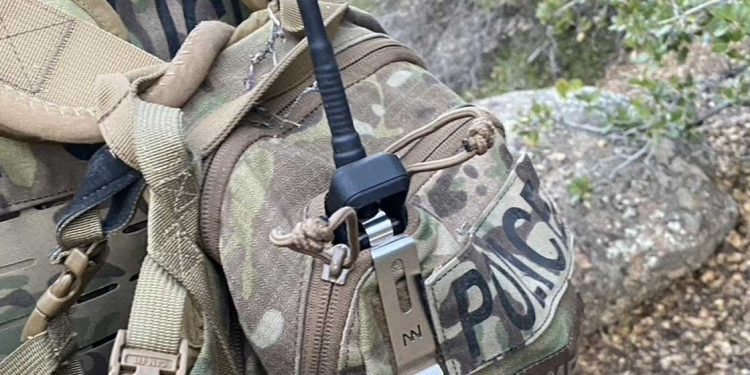
VTC sees benefits of mobile mesh for off-grid tactical operations
From urban landscapes to rugged terrains, American military, law enforcement and emergency response operations are often conducted in extremely varied, dynamic, and unpredictable environments. On any given workday, a first responder could be called upon to repel down the side of a skyscraper or extract an injured hiker from the

Connecting rural hospitals in remote areas of the Philippines with mobile mesh networking
While the impact of COVID-19 was felt early on in America’s large cities and urban, metro areas, it became clear that the disease would know no borders and that geographic distance couldn’t slow its spread. But this isn’t a challenge limited only to our country. Around the world, healthcare organizations
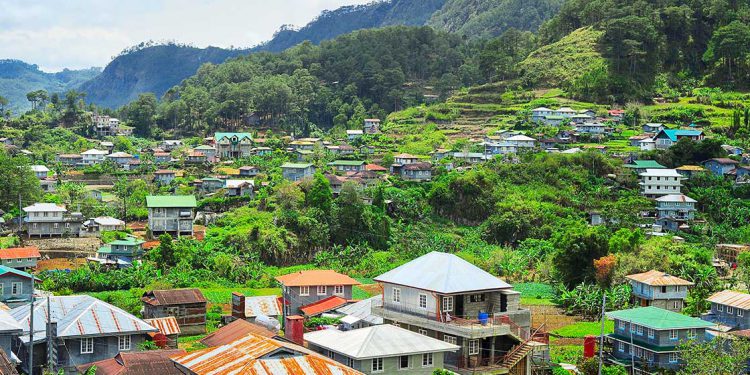
How mesh networks can keep rural hospitals from overcrowding during COVID
The ongoing COVID-19 pandemic has created a number of difficult and unique challenges for healthcare providers and hospitals – and few have been as impacted from an operations and financial perspective as rural hospitals in remote areas. In addition to the financial impact of losing 30 percent or more of
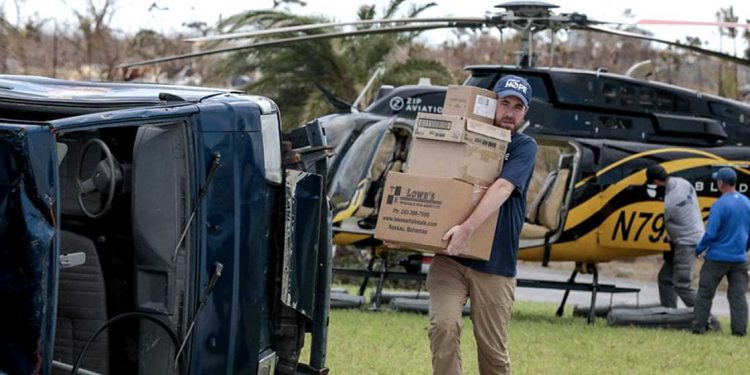
3 tips from nonprofit professionals on how to stay connected during deployment
According to the UN, half of the world’s population lacks reliable internet access, with the vast majority concentrated in developing countries. As communities around the globe work to close the digital divide over the next few decades, there are countless nonprofit and nongovernmental organizations that need to fill critical connectivity
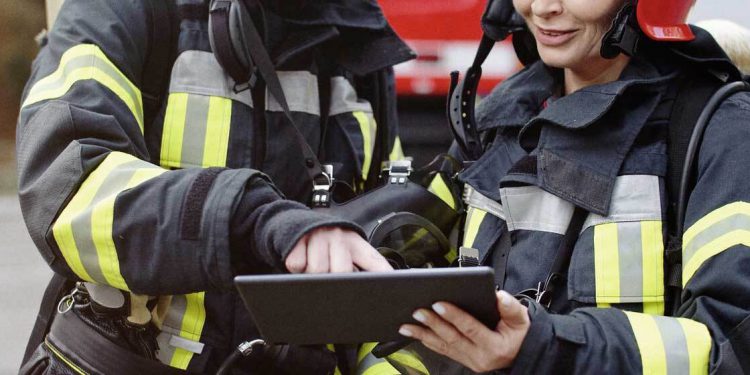
Top off-grid communications sessions to attend at IWCE Virtual 2020
The International Wireless Communications Expo, also known as IWCE, is an annual conference that brings together professionals from the communications field to discuss critical issues ranging from 911 funding and modernization to spectrum management, interoperability, and more. This year, IWCE is going virtual with 48 online breakout sessions from August
Webinar | Technology for tracking disaster response teams
Tornadoes, hurricanes, earthquakes, and other natural disasters cause frequent damage to centralized cell, wifi, and RF communications networks. No matter the mission, response teams still need to find a way to communicate and maintain situational awareness in the immediate aftermath of a disaster. Watch leading UAS training organization Granite Defense
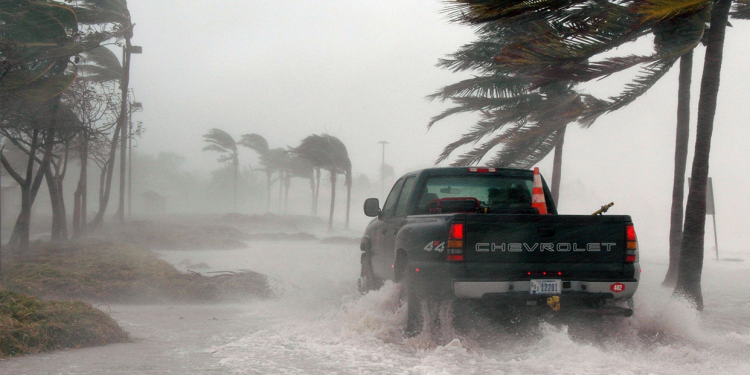
Can mesh-enabled smartphones solve disaster response communications challenges in the COVID-19 era?
Former Federal Emergency Management Agency Administrator Craig Fugate recently published a whitepaper on disaster response communications in the COVID-19 era. During his career at FEMA, Fugate heralded the use of mobile technology and social media as more and more communities — and their first responders — relied on wireless cellular
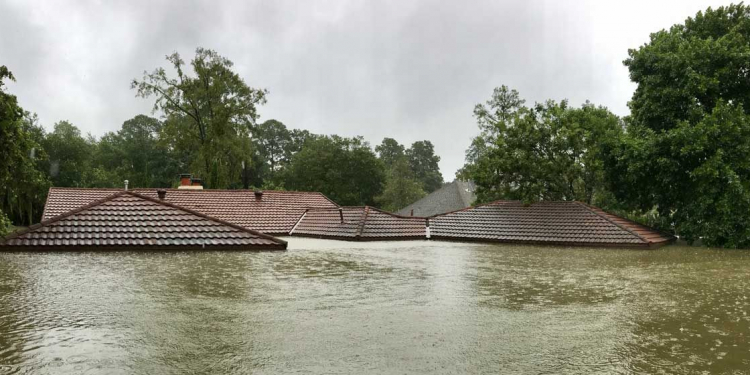
Podcast: Verizon, SES and goTenna on how COVID-19 and natural disasters present an unprecedented threat to emergency communications
The ongoing COVID-19 pandemic has put enormous strain on the economy, public safety, and the healthcare system. It’s also put a strain on cell networks. Remote workers have been flooding our information gateways en masse. Telehealth, virtual educational classes, and remote meetings on Zoom are all necessary, but also eat
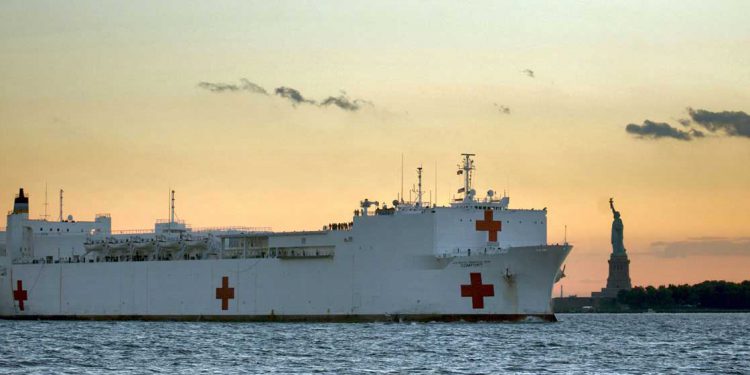
What Ebola Couldn’t Prepare Us For: COVID-19’s Strain on Emergency Communications Networks
In 2014, I was serving as the Senior Strategic Homeland Security Planner for the Brazos Valley Region in East Texas, and tasked with coordinating the Ebola response in the 7,320-square-miles surrounding the Bryan-College Station metropolitan area. Acting as a federal liaison between hospitals, public safety, and state government officials, many
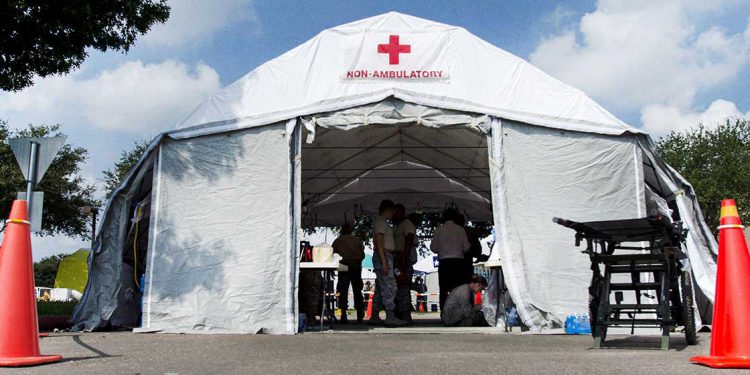
Tech Spotlight Series: Ensuring communications on the frontline of the COVID-19 fight
The global COVID-19 pandemic has left many state and local governments, hospitals and first responders scrambling to find the medical equipment, hospital beds and resources they need to keep up with the incredible influx of sick patients. With so many new cases and hospitalizations, these organizations are turning to temporary



